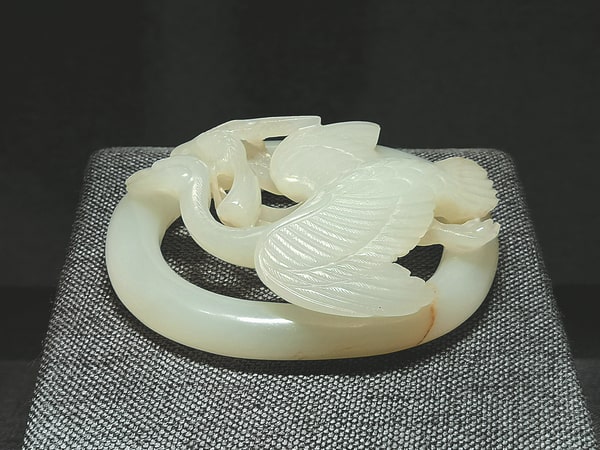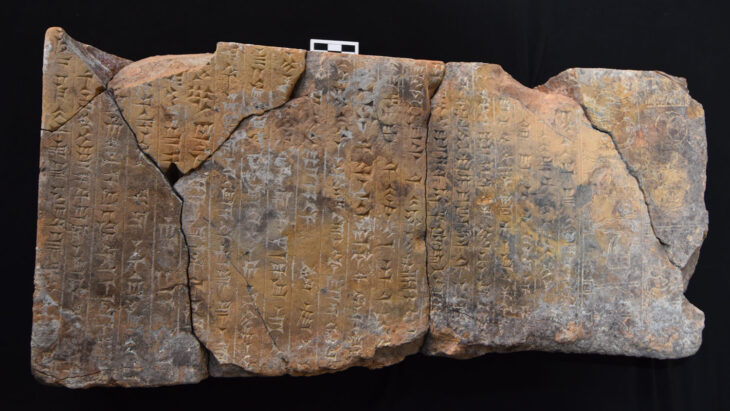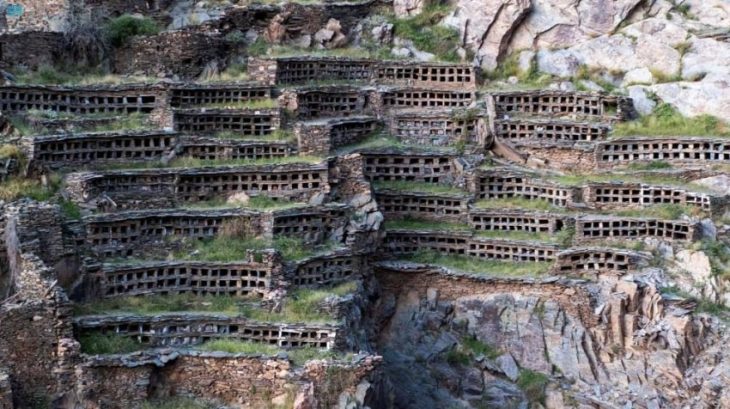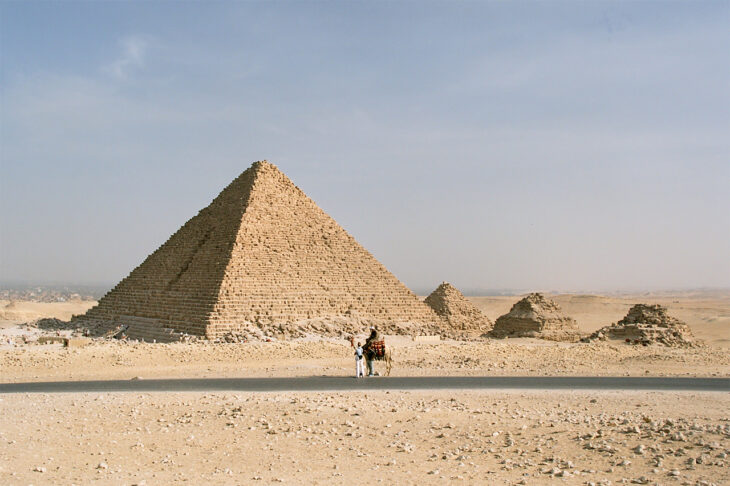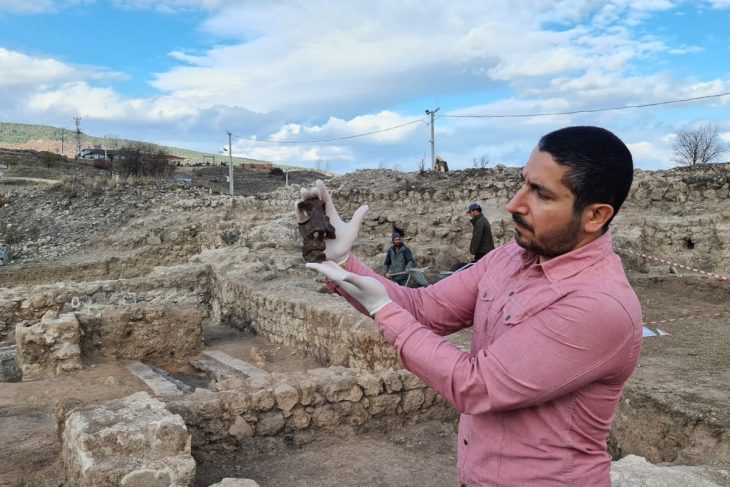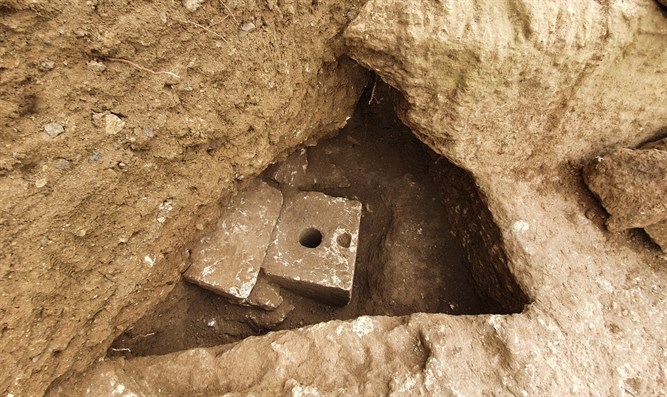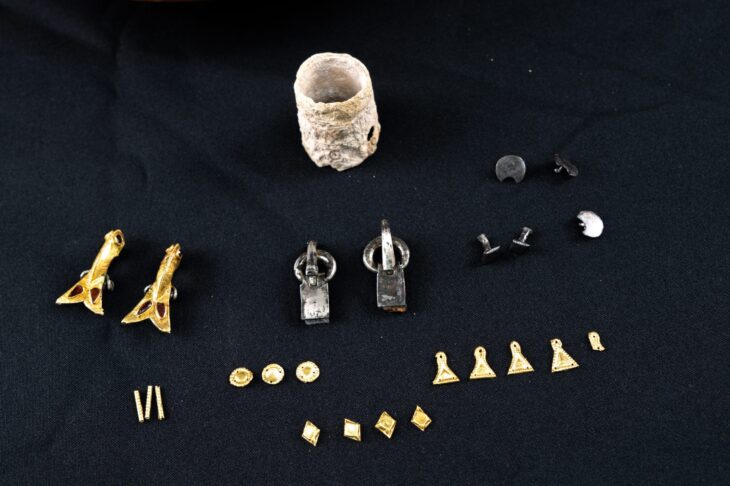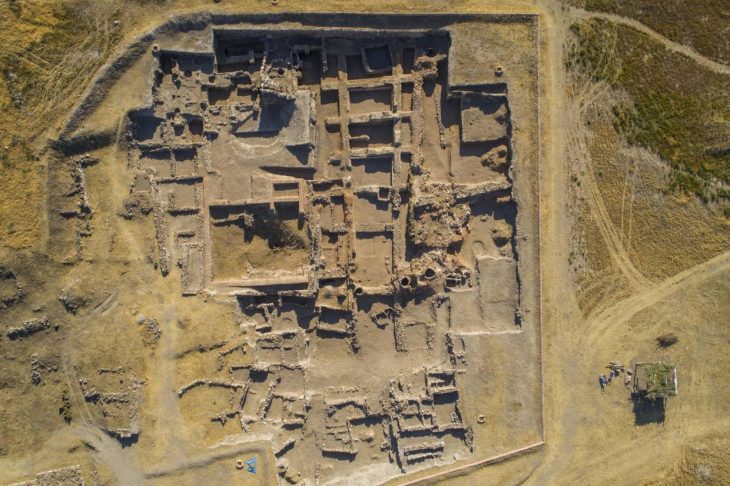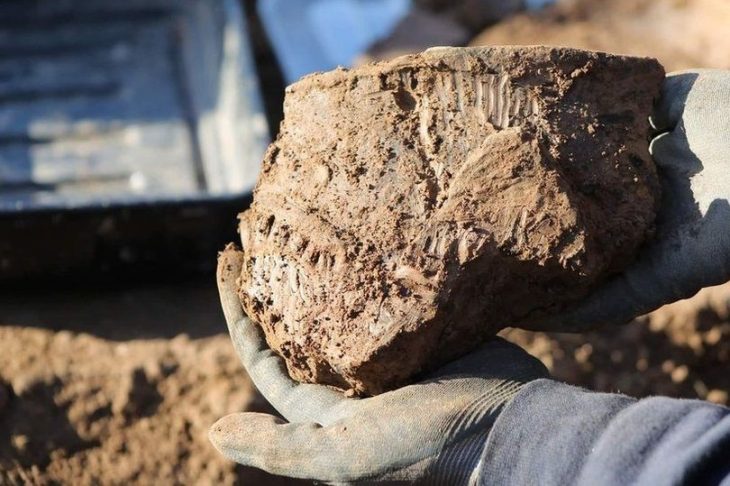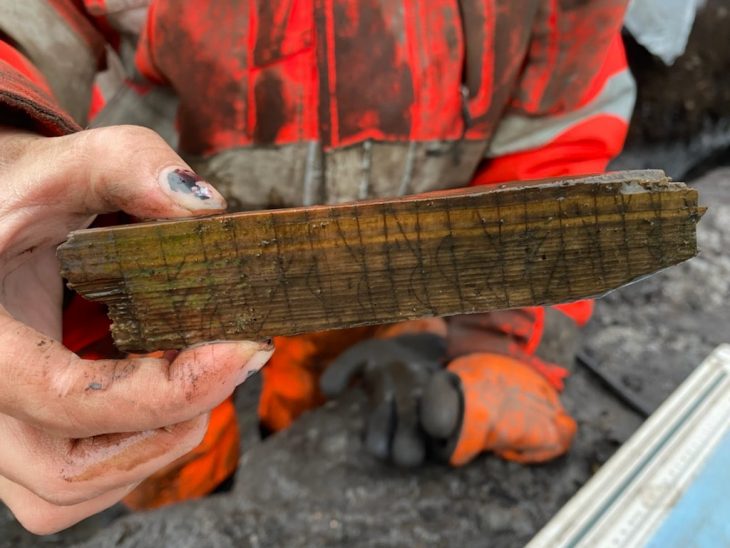While building the athletes’ Olympic Village for this year’s Winter Games in Beijing, China found the remains of an ancient Jin Dynasty (1115–1234) palace.
Residents of Taizicheng village in Zhangjiakou City in northern China’s Hebei province, have always believed that the name of their village, meaning village of the crown prince, relates to the settlement’s royal roots, according to the China Daily. And research justified them.
Less than an hour from Beijing by high-speed rail, Taizicheng is one of three districts hosting the competition, along with central Beijing and the Yanqing suburb. (The majority of the ski and snowboarding events will take place in Zhangjiakou.)
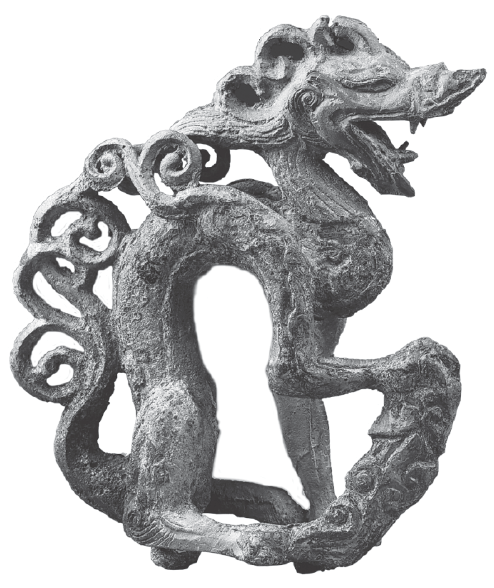
Archaeologists have known about the ancient Chinese palace at Taizicheng since the 1970s, which comprised remnants from the Liao (916-1125 AD) and Jin (1115-1234 AD) dynasties. However, significant investigation work at Taizicheng began in 2017, after China won the bid to host the 2022 Winter Olympics, to guarantee that nothing of historical significance was harmed during the construction of the Olympic village there.
The archaeological team proposed that the Olympic village, which was supposed to take up three-quarters of the Taizicheng ruins according to the original design, be relocated after the scale and historical significance of the site was revealed. It was finally built east of the site and across the road from the ruins.
📣 Our WhatsApp channel is now LIVE! Stay up-to-date with the latest news and updates, just click here to follow us on WhatsApp and never miss a thing!!
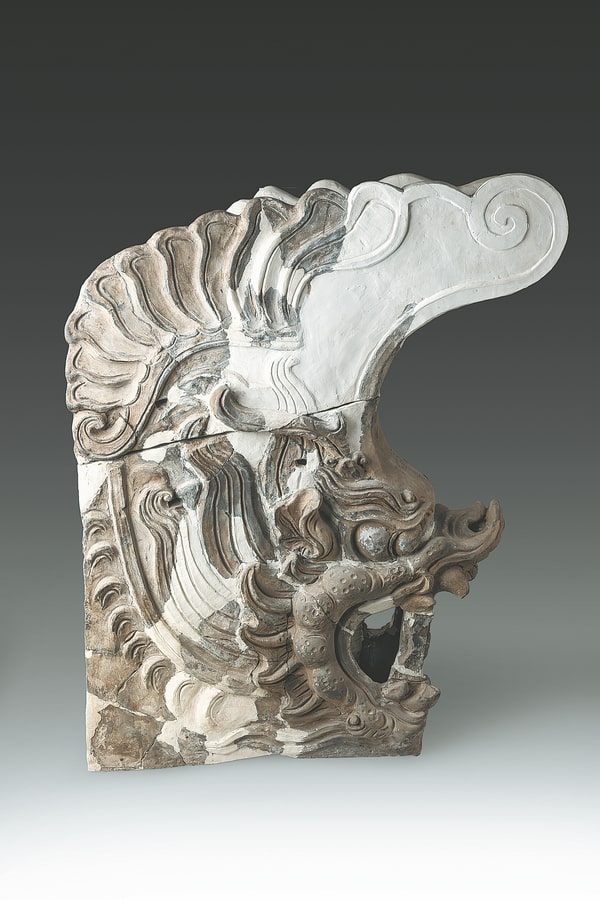
Talking to the Global Times, Zhang Wenrui, dean of Hebei Provincial Institute of Cultural Relics and Archaeology, said that the discovery of the palace came as a “big surprise” for Chinese archaeologists who were not prepared for the grand nature of the discovery.
Huang Xin, head of the site’s archaeology team and the deputy dean of the Hebei Provincial Institute of Cultural Relics and Archaeology told the Global Times that the team exploring the ruins initially believed that they were just some old and worthless buildings. However, they soon began uncovering priceless ceramics and building materials, as well as telltale architectural features.
Archaeological studies show the Taizicheng site is a rectangular area of 14.3 hectares. Buildings at the site are distributed along a central axis and show the layout of working areas in the front and living areas in the rear, which is a tradition for imperial palaces.
The extensive remains they discovered included 72 building foundations and 14 roads, apart from moats and city walls. White-glazed Ding-ware porcelain, portions of dragon head sculptures, and other ceramics were also found.
Some jade decorations on the exhibition show people’s activities, like hunting geese and deer, and taming gyrfalcon, an important totem of nomadic hunting.
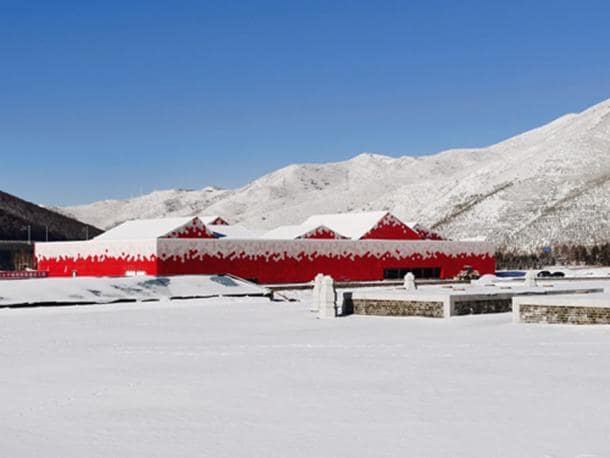
The nomadic groups in northern China have a long history of taming falcons, especially gyrfalcons. Many cultural relics and murals in tombs show patterns of this animal, usually with its wings spread and sharp claws aimed toward the ground.
What makes the discovery even more significant is that this is the first Jin dynasty palace complex to ever have been unearthed.
Archaeological research shows the site, was a temporary summer residence called Taihe Palace (later renamed Qingning Palace) built by Emperor Zhangzong of the Jin Dynasty in 1202. Zhangzong was the sixth emperor in the middle and late period of Jin, and during his reign, the Mongolian Yuan Dynasty (1271-1368) started to rise.
The ancient palace opened to the public as an archaeological park in 2021, and some of the valuable artifacts found at the site are on display in an exhibition hall that opened on 31 December 2021.
Cover photo: A jade decoration with a gyrfalcon pattern among the cultural relics on display at the Taizicheng site.

